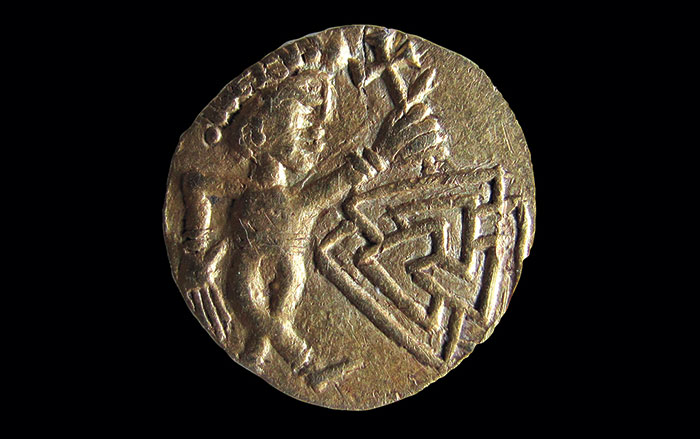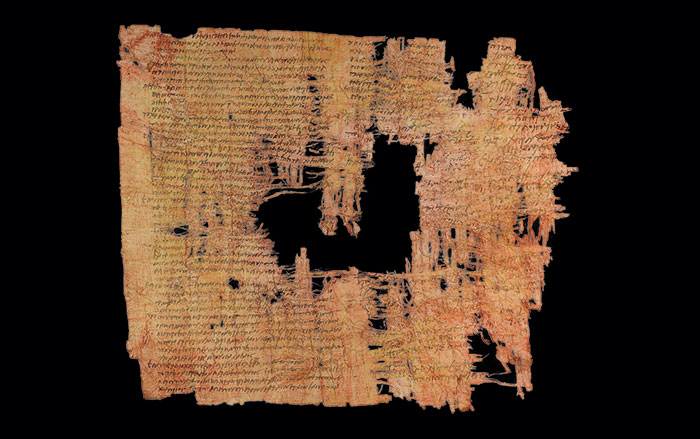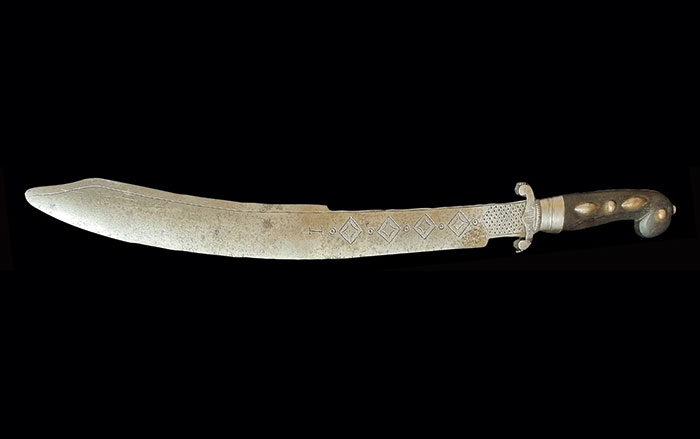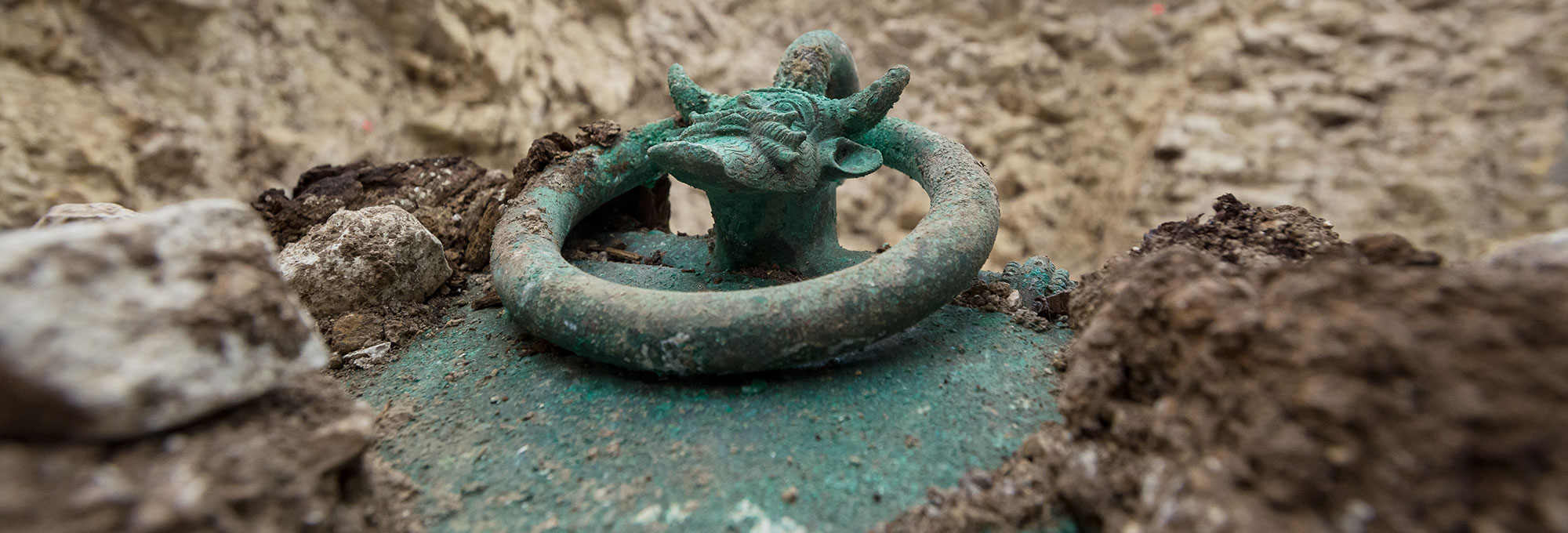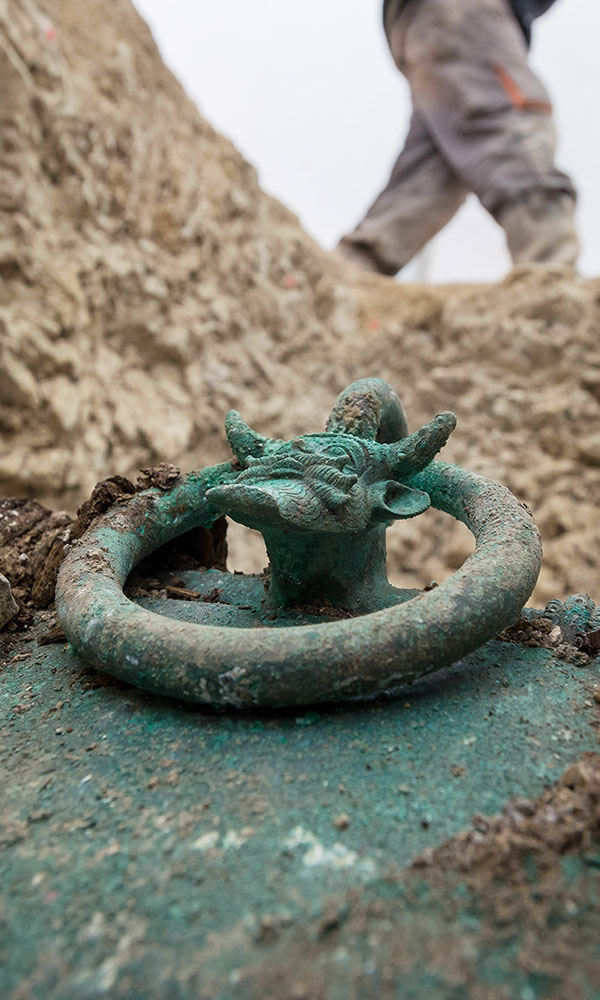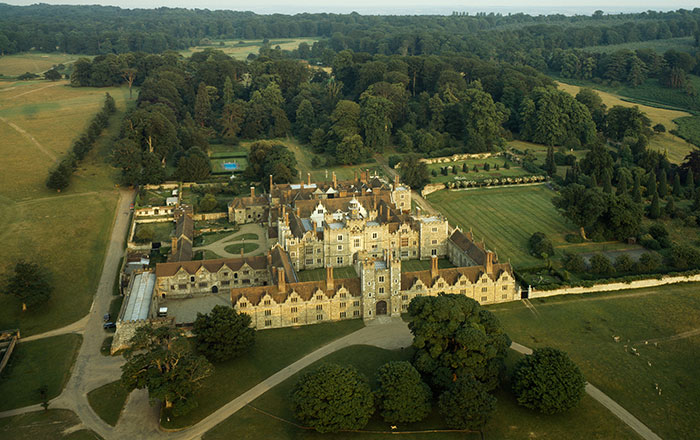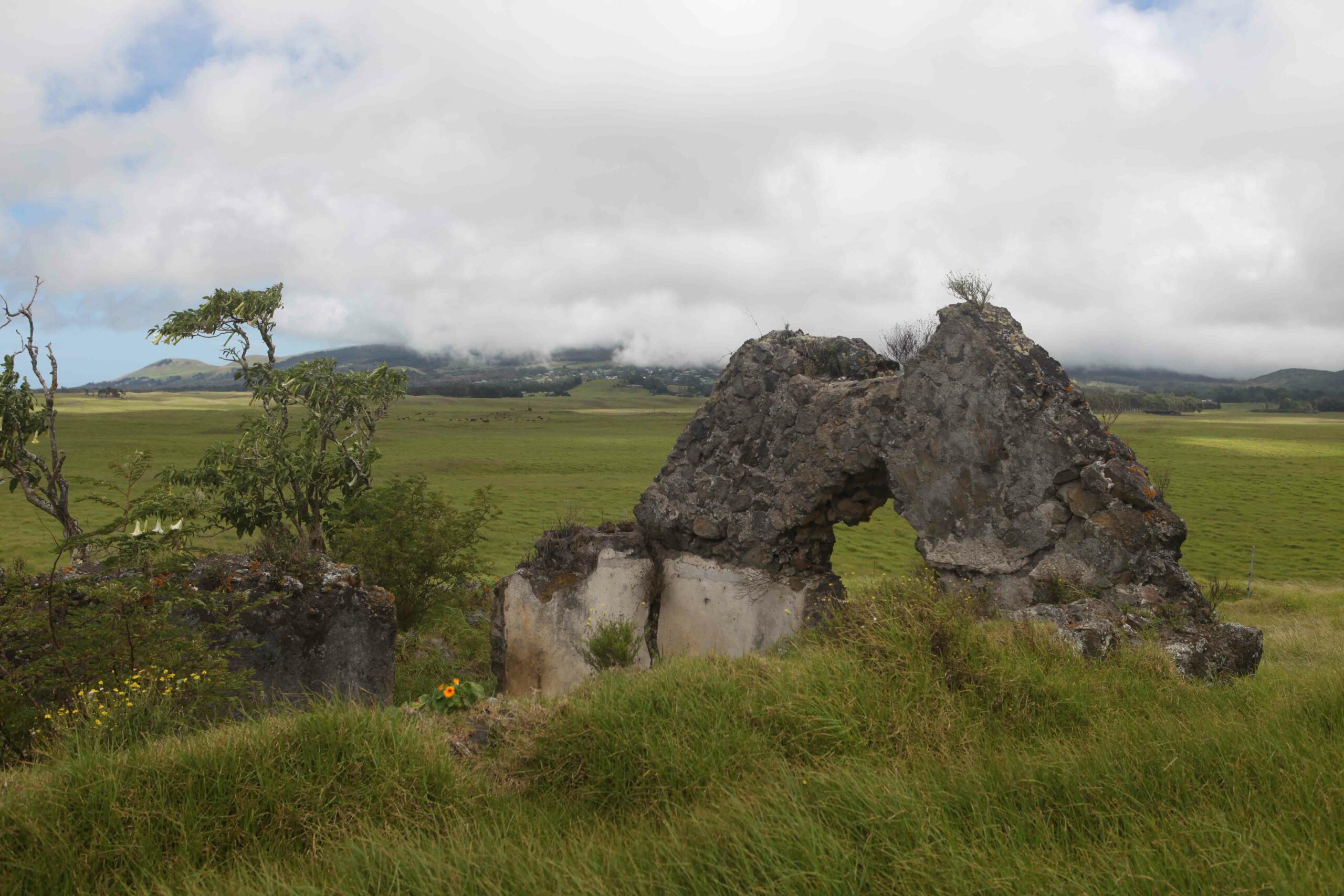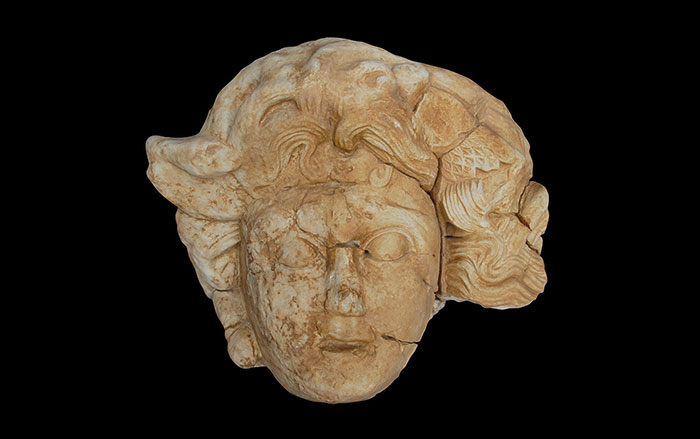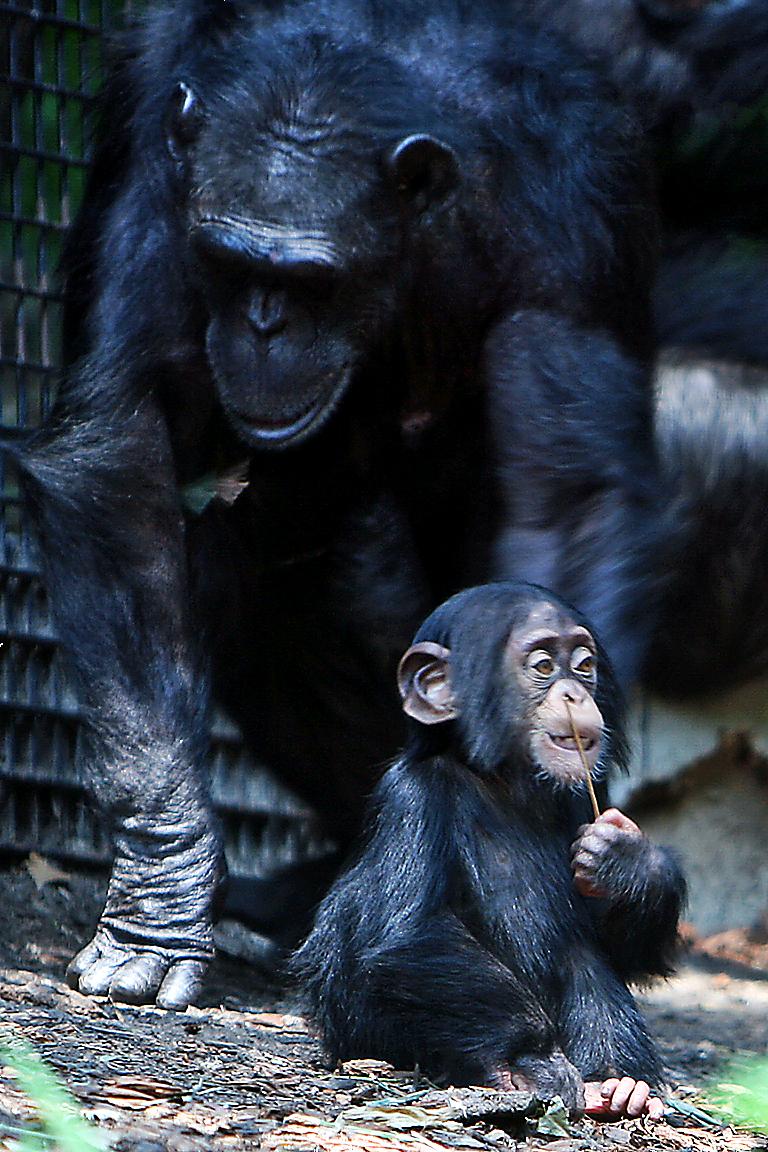
NEW YORK CITY, NEW YORK—The rate at which mutations occur helps evolutionary geneticists estimate when events such as the split between the ancestors of humans and chimpanzees occurred. New estimates of the mutation rate, however, put the split between humans and chimpanzees at odds with the fossil record. Scientists at Columbia University have produced a new model, described in a press release, that takes life history traits, such as puberty and reproduction, into account for the number of mutations that are passed on to offspring. Since these life history traits evolve, the mutation rate should evolve as well. Based upon this model, the rate of mutation has slowed down, and the split between humans and other apes may have occurred as recently as 6.6 million years ago. To read more about human evolution, go to "Ardipithecus: Ape or Ancestor?"



